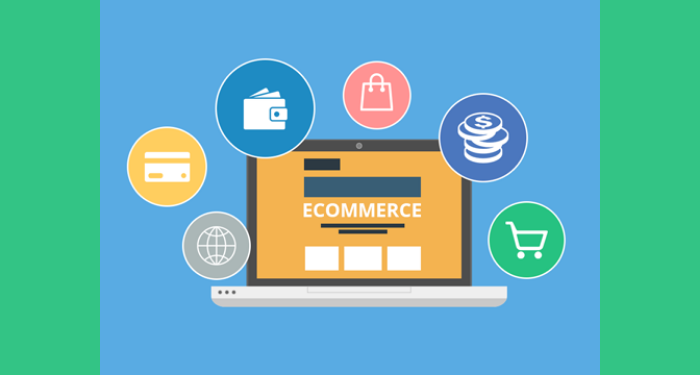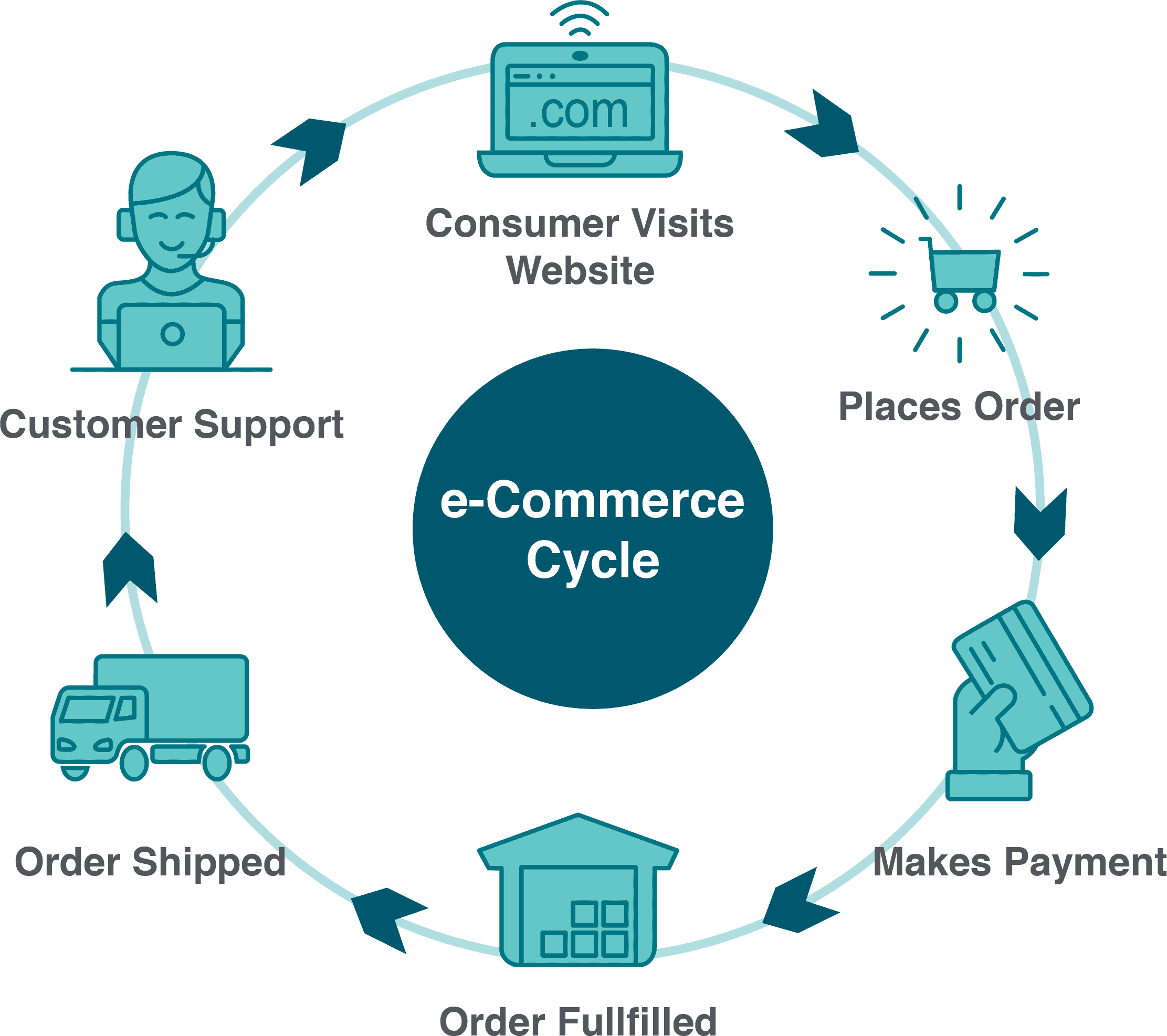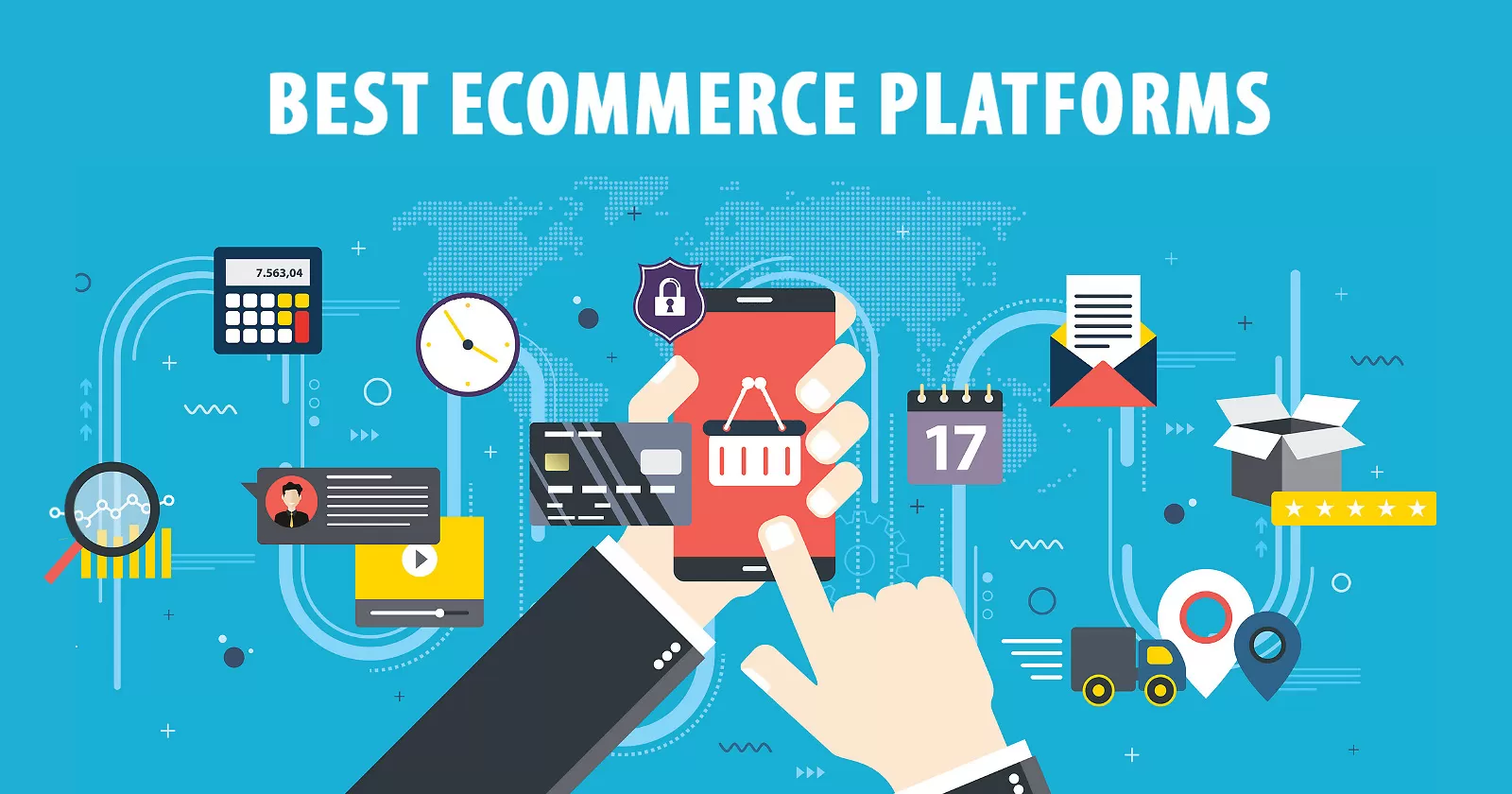Revolutionizing Retail in Developing Nations
Imagine your local market, now picture it online, accessible by millions. That’s the future of e-commerce in developing countries. It’s a game changer. Shop owners use smartphones to sell goods far and wide. Buyers in remote areas are shopping online like city folk. Together, we’re writing a new shopping story. Join me as we uncover how digital market growth and trending online buying habits rewrite retail rules. Let’s explore this transformation, one click at a time.
Harnessing Digital Market Growth and Online Shopping Trends
Driven by Mobile Commerce: Accessibility to Purchase Power
Mobile phones change how we buy things. Everyone can shop from anywhere now. You just need a phone and internet. This is booming in many countries. We call it mobile commerce growth. It’s on the rise because mobile phones are everywhere. More people can buy things online today easily.
In towns where stores are few, mobile shopping is a lifeline. You find and buy what you need on your phone. It’s simple and it’s growing fast. Phone companies are making this better too. They work on making the internet reach even more places. Soon, buying with a phone will be normal for everyone around.
The way we pay for things is changing as well. Have you heard about payment gateways? They’re like digital cashiers. They keep your money safe when you buy online. They’re getting smarter and safer fast. This is important because it helps people trust buying online with phones.
Now, think about buying from a store that’s not in your country. It’s exciting, right? This is called cross-border e-commerce. It’s a big deal and it’s helping many people. We can find more stuff, often at better prices. Countries are seeing this and want to help it grow. They are working on laws to make it easier to buy and sell like this.
Shifting Behaviors: How Consumers are Adapting to E-Commerce
We see new shopping habits because of online stores. People start to think, “Why go to the shop if I can buy it online?” It’s all about the change in behavior. More people search for stuff on the internet before they buy. Many even like online shopping more than going to stores.
Social media plays a big part too. It’s like a friend showing you cool stuff to buy. You see it, you like it, and with a few taps, you buy it. You can talk to the seller right there. They tell you about the product, and you decide to buy or not. It’s like having the store come to you. This is how social media changes shopping.
Businesses see this and they want in. More tech startups are popping up in the retail space. They’re making online shopping fun and easy. These are small companies with big ideas. They help everyone sell and buy things online. From a family shop to a big brand, everyone wants to grow online.
And small or medium companies? They’re moving online too, quick and smart. We call it the SME online transition. It means more choices for shoppers. It means a whole new way for businesses to work.
But we need to make sure everyone can join in. We can’t forget about the people who don’t know how to use the internet well. So, we teach digital skills. We call it digital literacy. It’s like teaching someone to read, but for the internet. It’s very, very important.
It’s clear that online shopping is changing fast. Not just where we shop but how we live. It’s a big step for countries trying to grow and do well. It helps everyone, from farmers selling crops to young folks starting a company. We’re all part of this big change. Our work is to make sure it’s a change for the better.
Building the Foundation: Infrastructure and Policy for E-Commerce Success
Narrowing the Digital Divide: Advances in Internet Infrastructure
For e-commerce to grow, internet access is key. People need it to shop online. In many developing areas, internet is now getting better and cheaper. This helps more folks get online to buy and sell goods. It’s like building new roads but in the digital world, and it’s just as important.
Better internet means more people use their phones to shop and pay for things. This is huge for mobile commerce growth. It makes buying and selling smooth for everyone. It connects local sellers to buyers far away. They can share and sell things with just a few taps on a screen.
But it’s not all about phones. Shops need good internet to reach customers and grow. Tech helps shops track sales and stock up smartly. It lets buyers find what they need fast. This means happy customers who come back for more.
Developing Robust E-Commerce Policies and Digital Payment Systems
Now let’s talk money. How do people pay online? We need safe ways to send money over the internet. That’s where digital payment systems come in. They’re like invisible cash registers. They let buyers pay without hassle and keep their money safe.
Making these systems work takes strong plans and rules. The right e-commerce policies guide how shops and buyers act online. They protect everyone’s cash and personal info. They make sure that when you buy something, it gets to you as promised.
Policies should also help folks learn to shop online. They need to know how to use these tools. Trust is a big deal here. If people trust online shopping, they’ll do it more.
Good plans for e-commerce can even help countries make more money. They boost jobs and sales, which is good for everyone. Shops can reach new markets; buyers find goods they can’t get nearby. Policy makes sure all this happens in a fair, safe, and smart way.
These steps – improving internet and making sound policies – lay the groundwork for e-commerce success in developing nations. It’s not just about shopping. It’s about giving people the tools to build better lives, one click at a time.
Fostering E-Commerce Evolution through Localized Strategies
Embracing Cross-Border Commerce and Homegrown E-Commerce Platforms
Think about this for a second. Right now, a small shop in Kenya can sell goods to someone in Brazil. That’s cross-border e-commerce for you. Here’s how: by using the web, even tiny stores can reach folks far away. This helps them get more customers. Plus, local e-commerce sites are popping up. They know what locals like and need.
This means great stuff for people in developing zones. Countries are making money through import-export trades. How cool is that? People buying across seas help stores in their own towns grow big.
Strengthening Logistics and Adopting Rural E-Commerce Models
Now, let’s chat about getting stuff from one place to another. It’s called logistics. For online shops to work well, goods need to move fast and without a hitch. In cities, it’s easier. But what about people living in far-off places? They want to shop online, too.
Here’s a smart move: some places are now tailoring e-commerce for these rural spots. What they do is set up spots where folks can collect their things. Think of it as a mailbox in the town square. This is getting more people to shop online and trust the internet shops.
So, that’s the deal on how e-commerce is shaping up in parts of the world where malls and big stores aren’t on every corner. It’s all about thinking local, but acting global. By focusing right and keeping tabs on what shoppers like, these places are seeing digital market growth. And that’s a big win for everyone.
The Role of Innovation and Education in Shaping E-Commerce
Paving the Way with Tech Startups and SME Digital Integration
Tech startups are changing how we shop online. They are like tiny seeds growing into tall trees in the forest of retail. These small companies bring cool ideas that make shopping easier and fun. But they need the right tools to grow. That’s where help from bigger folks comes in handy. They work together with small shops to help them sell things online too. This is called SME digital integration. It means that even the smallest store can reach people with phones and computers.
Big challenges stand in the way though. Some places don’t have strong enough internet. Others don’t have ways to pay online safely. We need to fix these to help everyone buy and sell online. When we do, more people can shop from anywhere. This could mean more jobs and happier communities.
Investing in E-Commerce Education and Fostering Digital Literacy
Learning about the internet and how to shop online is super important. It’s like learning to read and write in today’s world. We call this digital literacy. It’s not just for kids, but for everyone, even parents and grandparents. Schools and programs are now teaching people how to use phones and computers to shop and sell items online.
We also talk about how to be safe when paying for things online and how to know if a store on the internet is telling the truth. Trust is really big in online shopping. No one wants to lose their money to a fake website. So, learning about these things can make more people want to shop online.
And guess what? When folks learn to shop online, they find new stuff from places far away. This is like opening doors to a world full of cool things. Plus, local shops can send their items to new places too. It’s like a two-way street that makes everyone happy.
Education in e-commerce means workshops, classes, and learning from stories of people who have done it before. We learn new ways to talk to customers, keep their information safe, and send things fast. This makes people want to come back and shop more.
In the end, it’s like planting a garden. We start with seeds of ideas. We water them with learning and care. And we make sure the ground is good with strong internet and safe ways to pay. Then, waiting for the flowers to bloom is hard. But step by step, we’re making a beautiful garden where businesses can grow and people have more choices. It’s all about giving tools, teaching, and trust. This is how we are shaping the new world of e-commerce in places ready for change. And you know what? It’s pretty exciting to be a part of it.
In this post, we dived into how e-commerce is changing fast and how you can keep up. Mobile shopping is making buying stuff easy for everyone, everywhere. People are getting used to shopping online more and more. To make e-commerce work well, we need good internet and smart laws. We also need to think local – using home platforms and making sure deliveries get to even far-off places.
We can’t ignore that selling across borders is a big deal. Startups and small businesses are also key – they need to get digital too. And let’s not forget, learning about e-commerce matters a lot. It helps everyone get better at this game.
So, remember, for e-commerce to rock, we need to keep pushing with tech, make shipping smooth, and teach people the digital ropes. Stay sharp out there – the digital market waits for no one.
Q&A :
How is e-commerce shaping the economic landscape in developing countries?
E-commerce is rapidly transforming economies in the developing world by providing new opportunities for entrepreneurs and small businesses to reach global markets. The decreased need for physical infrastructure and the ability to connect with customers online is leveling the playing field for businesses of all sizes. This growth also encourages increased internet penetration and mobile device usage, contributing to wider economic development.
What challenges do developing countries face in the e-commerce sector?
Developing countries encounter several challenges in embracing e-commerce, including limited access to the internet, lack of digital payment infrastructures, logistical hurdles, and regulatory issues. Small and medium-sized enterprises often struggle to compete with larger entities due to these factors. Additionally, consumer trust in online transactions needs to be strengthened to encourage more widespread adoption.
How can e-commerce be leveraged for sustainable development in developing countries?
E-commerce can act as a catalyst for sustainable development by promoting inclusivity, creating jobs, and supporting environmental goals. For instance, it can enable local artisans and producers to engage directly with a global customer base, preserving cultural heritage and boosting the local economy. Initiatives aimed at fostering eco-friendly packaging and reducing carbon footprints in logistics also contribute to sustainability.
What role does technology play in the growth of e-commerce in developing countries?
Technological advancements are crucial to e-commerce growth, providing the necessary tools for businesses to operate online and to streamline supply chains. Innovations in mobile technology, payment systems, and data analytics are particularly significant, enabling more people to participate in the digital economy. The development of robust e-commerce platforms also facilitates market entry for new businesses.
How can governments support the future of e-commerce in developing countries?
Governments can support e-commerce by implementing policies that encourage digital literacy, investing in internet infrastructure, and establishing clear legal frameworks for online business operations. Additionally, governments can initiate programs that support small and medium enterprises to transition to online commerce and compete in the digital market. Collaboration with private sectors to foster a reliable logistics network is also beneficial.


